A Midsummer Night’s Dream at Bridge Theatre online
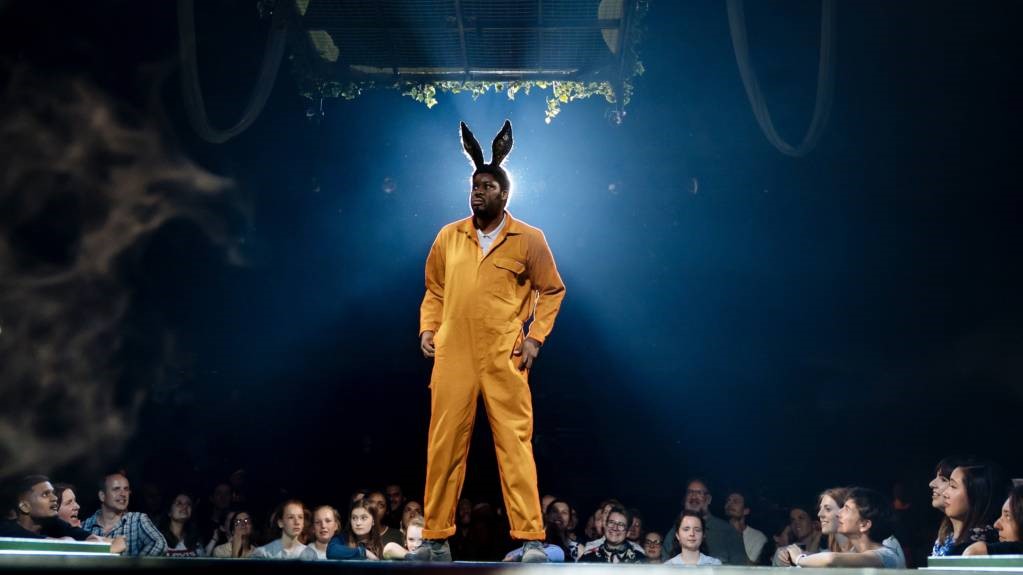
Nicholas Hytner’s adaptation is a magical, fantastical retelling of Shakespeare’s comic play. A Midsummer Night’s Dream, when performed at its best, should transport audiences into a dream-like world, making us feel like anything is possible. Hytner’s adaptation does just that. This version is an immersive spectacle that never stops giving. Hytner beautifully blends Shakespeare’s text with culturally on-point moments (incorporating music from Beyoncé and Dizzee Rascal) and fluid displays of sexuality and gender, all whilst merging different theatrical styles to produce a festive mash-up of genius.
It is unique to find a cast of this calibre, where the majority of the lead characters are as strong as each other. The overall standard of acting is incredibly high. This is certainly due to the production’s passion and energy; the audience and cast simply had so much fun. What’s more, the breaking of the fourth wall is consistent throughout the piece, not just attempted once. The audience and actors become one, which is how A Midsummer Night’s Dream should be.
Dazzlingly talented set designer Bunny Christie intelligently stages in the round, decorating the theatre with varying levels of airborne beds and greenery which weaves in and around the large audience, who are positioned amongst the actors. Not only is a dream-like atmosphere created on the ground, but a spectacular use of aerial acrobatics takes place high up in the ceiling of the theatre. This naturally lends itself to the magical scenes with Oberon (Oliver Chris) and Titania (Game of Thrones star Gwendoline Christie). However, unlike in other adaptations of A Midsummer Night’s Dream, costume designer Christina Cunningham chose for the chorus to appear less like dainty angelic fairies covered in flowers than real, ready-to-rumble actors in modest costume, who are much more aspirational to audiences.
In keeping with tradition, Hippolyta (Christie) and Theseus (Chris) mutate into the fairy queen and king. In this piece, though, we see Titania speaking the lines normally given to Oberon, whilst Oberon speaks those of Titania. This naturally heightens the comedy, which comes to a head when we see Oberon duped into falling in love with the ass. This role reversal is key in elevating the comedy above and beyond Shakespeare’s original text; the audience is forced to expect the unexpected.
The role reversal sets the tone for the rest of the piece. Hytner also mixes up social norms through the relationships between Lysander, Hermia, Demetrius and Helena. During a fierce forest fight, Helena and Hermia engage in a sensual snog, whilst Lysander and Demetrius display sexual desire towards each other. This is hardly groundbreaking to a modern, liberal audience, but is a bold move for A Midsummer Night’s Dream. Hytner dismantles any emphasis on binary sexuality with his fluid representations.
Hammed Animashaun’s ravishing performance as Bottom also surprises audiences through his love at first sight approach to Oberon; both characters, falsely cast under magical spells, fall for each other. Animashaun is a force to be reckoned with; he exudes an energy which keeps the show moving. He also creates great moments of light and shade, sharing incredible eye contact with his new chum and leading the “rude mechanicals” acting troupe in multiple comic moments. This adds a metatheatrical layer to the piece, further blurring the lines of reality.
Puck is portrayed by an extraordinary David Moorst, who, dressed in a vest with a few subtle tattoos, flashes his fiery interpretation during asides in the most captivating manner. He freely engages with the audience, conducting impromptu conversations, including one that continued for about three minutes. Moorst cleverly turns on and off his wicked and sweet nature whilst interacting with Titania; the two of them create a wonderful mother and son bond, but at times move into that grey area of flirtation; anything can happen in the fairy world.
The overall feeling of this adaptation is of charismatic electricity. Hytner has taken arguably Shakespeare’s most fun text and made it into what modern audiences want to see and experience when going to a theatre: an event. Today, theatre needs to tick more boxes: a play needs to be shiny, diverse, and have a level of spunk that will pull people in. Hytner has successfully done this and leaves audiences wanting more.
Brooke Snowe
Photo: Manuel Harlan
A Midsummer Night’s Dream is available to stream on the National Theatre’s YouTube channel from 25th June until 2nd July 2020 as part of the National Theatre at Home series. For further information visit the Bridge Theatre’s website here.

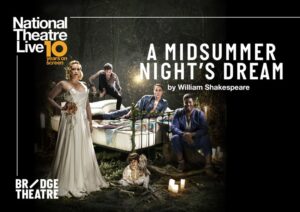
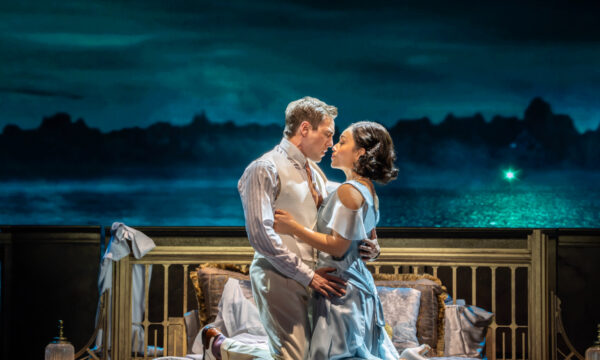
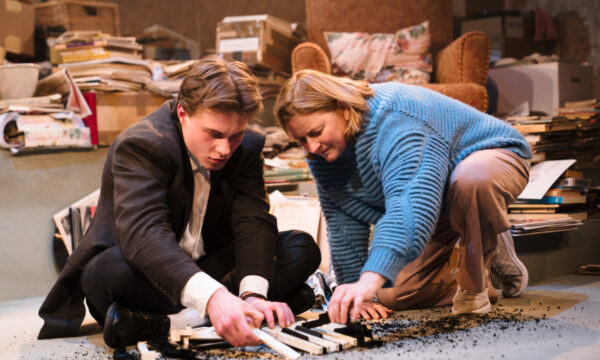
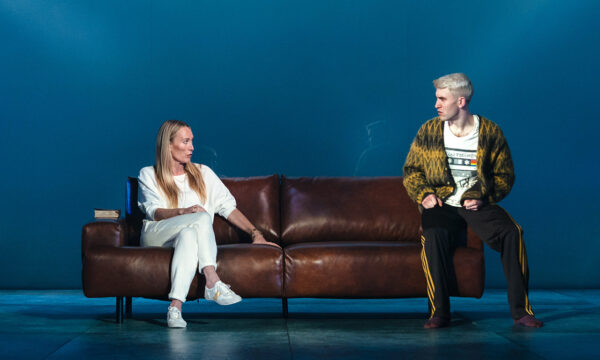
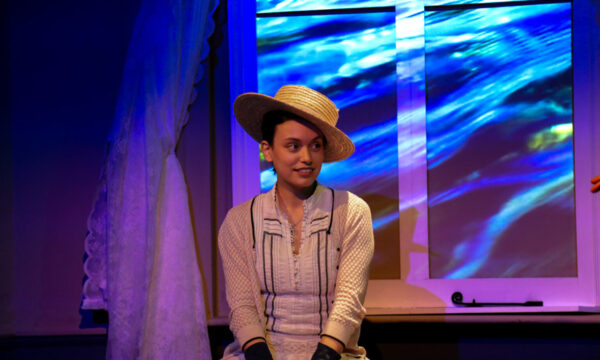
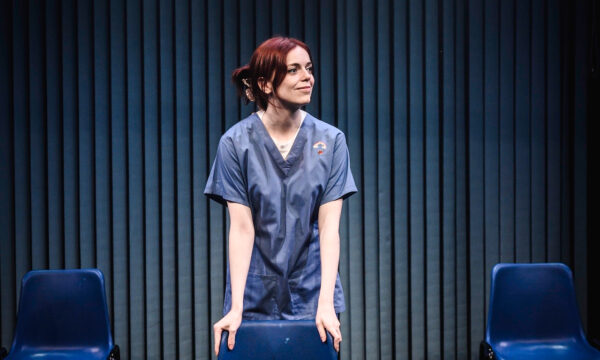
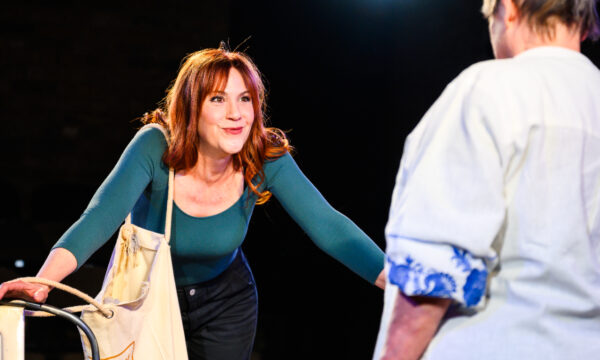
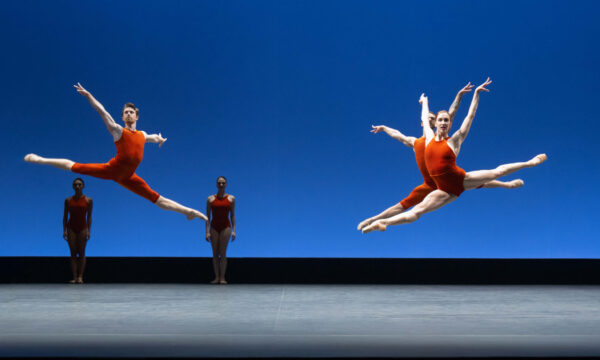
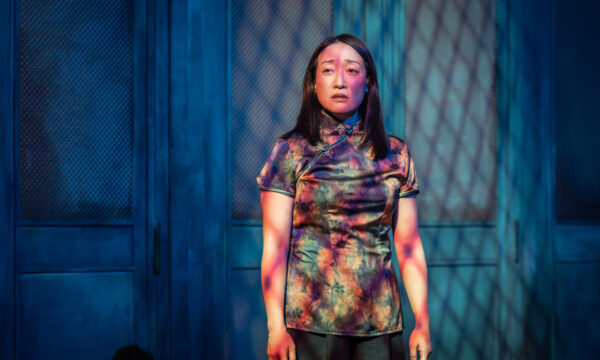
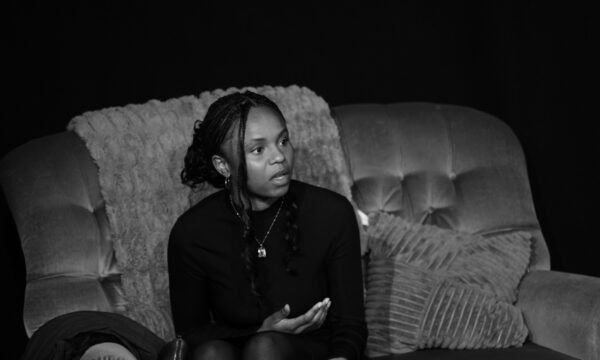













Facebook
Twitter
Instagram
YouTube
RSS